Introduction: The History of Bust of Nefertiti
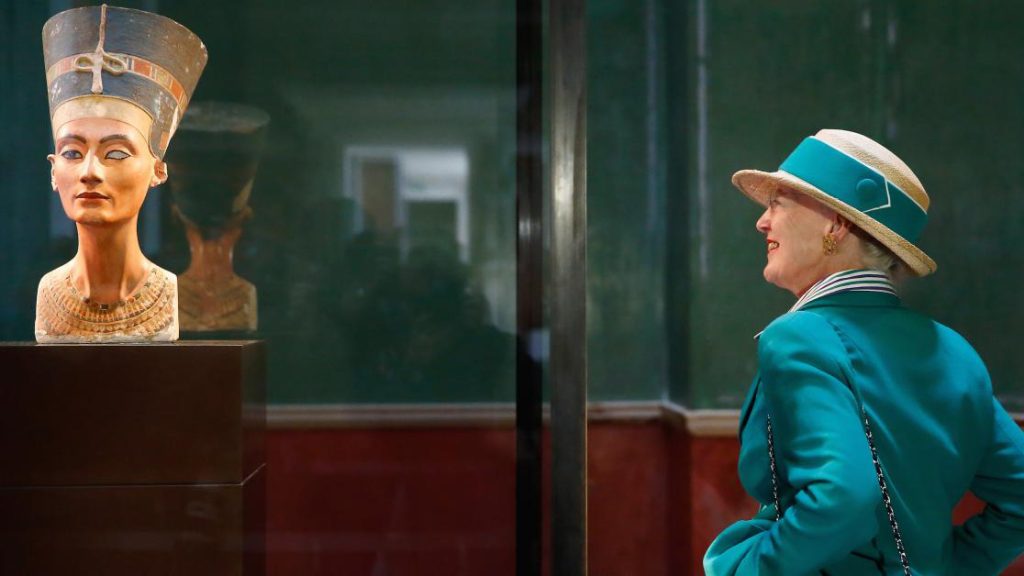
The Bust of Nefertiti has been regarded as a symbol of female beauty since it was first discovered in 1912. It was unearthed at the Amarna site, which is the capital built by the most controversial pharaoh Akhenaten in ancient Egypt. The life of Queen Nefertiti of Akhenaten is full of mysteries: some believe that she once held the position of pharaoh after Akhenaten’s death, or more likely, she was a co ruler of the young Tutankhamun. Some Egyptian scholars even believe that she may be Tutankhamun’s mother. This limestone bust covered in plaster is believed to have been handmade by Thutmose, the court sculptor of Akhenaten.
Appearance and Discovery of Sculpture
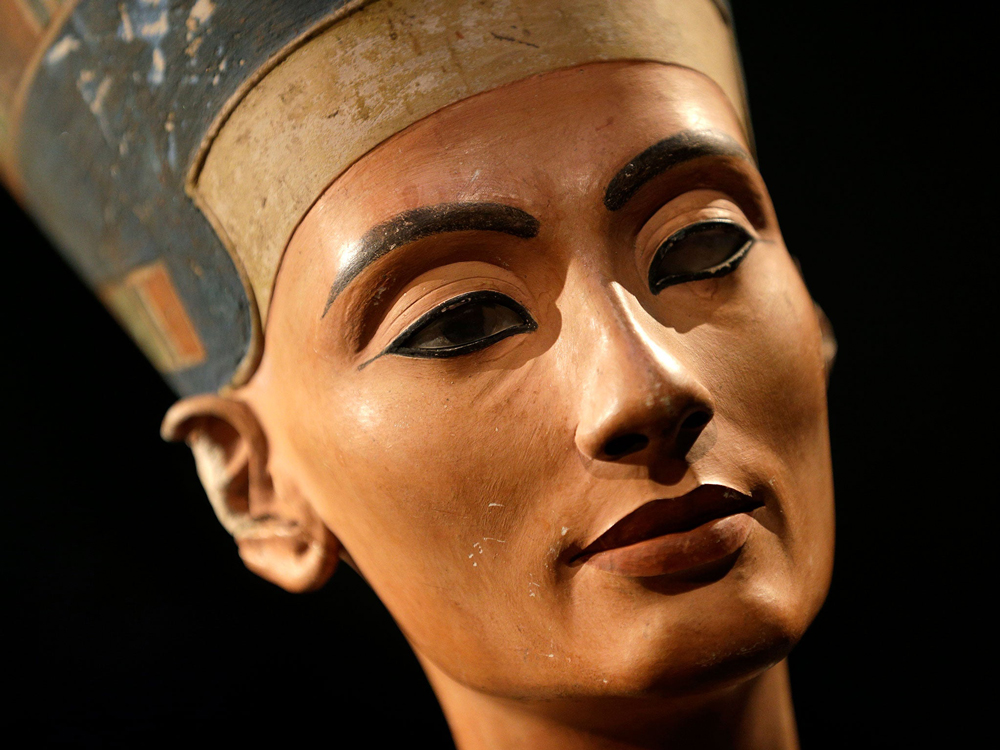
The Bust of Nefertiti is a stunning artwork. This sculpture was created between approximately 1345 BC and 1335 BC, based on limestone and covered with exquisite plaster on the outside. Its height is about 20.5 centimeters, depicting a beautiful and mysterious female face. The characteristics of sculpture include a perfect contour, smooth skin tone, slender neck, and a pair of deep eyes, all of which make it a symbol of female beauty.
This bust sculpture was discovered in a temple at the Amarna site, and its discovery became an important moment in the archaeological community. At that time, it was discovered by an archaeological team led by German archaeologist Ludwig Borchardt. This discovery caused a huge sensation because its exquisite craftsmanship and beauty made people believe it was like a portrait of Nefertiti herself.
The Mystery of Nefertiti’s Life
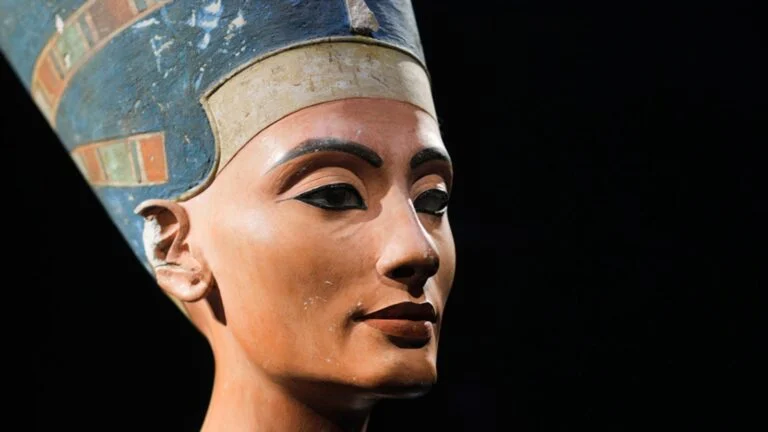
Nefertiti’s life is still a story full of mysteries. She was the queen of ancient Egyptian Pharaoh Akhenaten, but her status and role are not clear in historical records. Some scholars believe that she briefly ruled Egypt after Akhenaten’s death, or more likely as a co ruler of the young Tutankhamun. There is also a theory that suggests that she may be the biological mother of Tutankhamun, but there is still no conclusive evidence of this.
The status and influence of Nefertiti are puzzling, but her bust sculpture is her eternal legacy in ancient Egyptian history. This bust of Nefertiti has become the most symbolic expression of her life and a symbol of the beauty and mystery of ancient Egyptian women.
Sculpture Producers
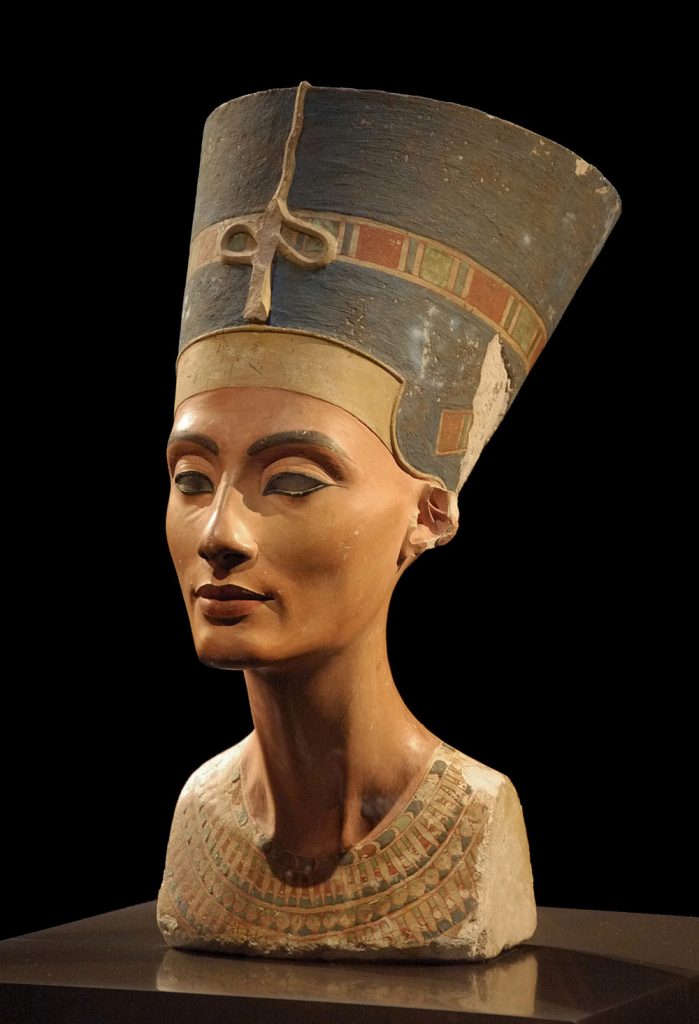
The Bust of Nefertiti is believed to have been created by Thutmose, who was the official sculptor of the Akhenaten court. This is surprising because the craftsmanship and details in the sculpture demonstrate a high artistic level. Tutmos must possess excellent skills and artistic vision in order to create such exquisite works. His name and works have been recorded in history together, becoming an important figure in the history of Egyptian art.
Symbols of Female Beauty
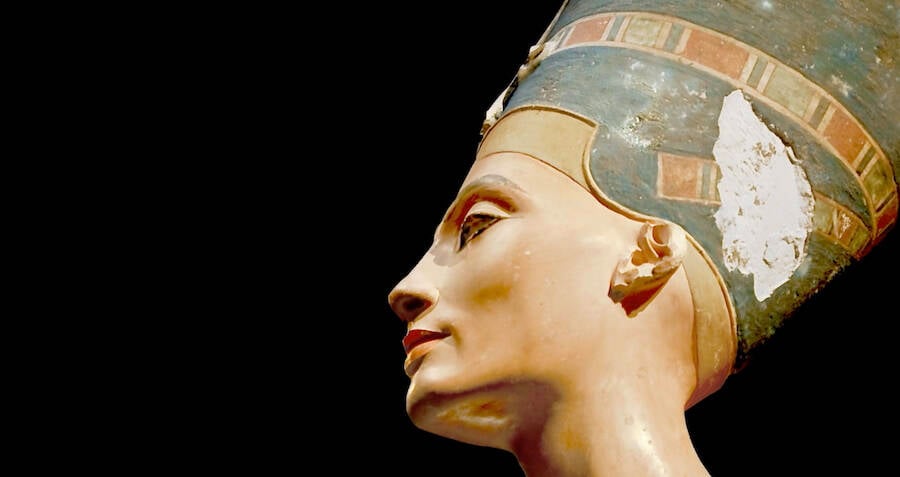
Since its discovery, the bust sculpture of Nefertiti has been regarded as a symbol of female beauty. Its exquisite craftsmanship and outstanding aesthetic expression make it a masterpiece in ancient art. The female images presented in the sculpture are considered to have perfect facial features and curves, reflecting ancient Egypt’s worship of female beauty.
This sculpture has also become a symbol of contemporary women’s rights and aesthetic concepts, emphasizing the power and beauty of women. It is not only a historical relic, but also an eternal artwork that inspires people to think and praise the beauty of women.
Conclusion: The eternal charm of the bust of Nefertiti
The bust sculpture of Nefertiti represents the glory of ancient Egyptian art and history. Although Nefertiti’s life is still full of mysteries, this sculpture retains her beauty and mystery forever in people’s memories. It is not only a work of art, but also a symbol of culture, representing ancient Egypt’s worship of female beauty and power. The bust of Nefertiti will continue to attract people attention and inspire endless contemplation of ancient civilization and female beauty.

